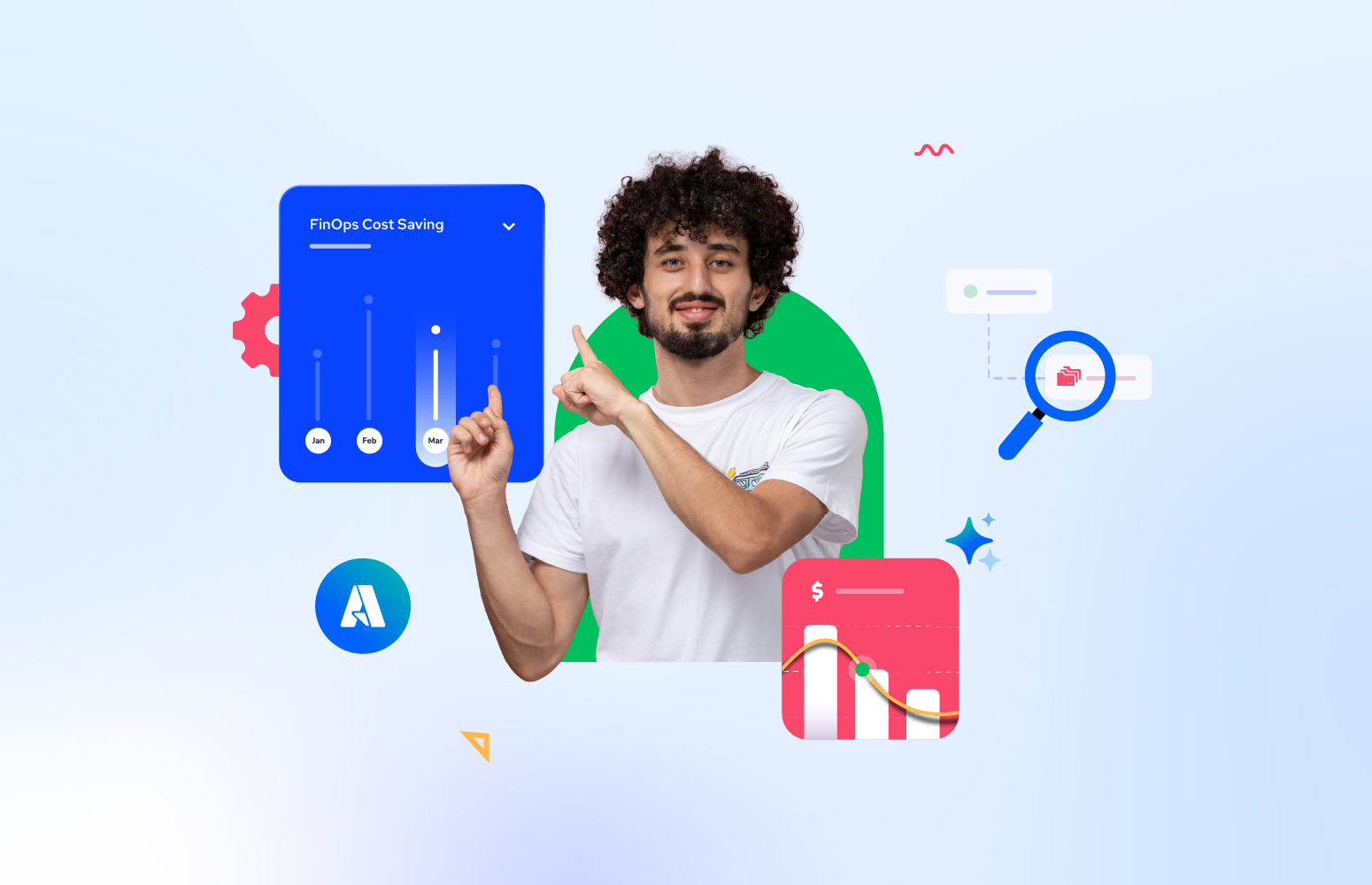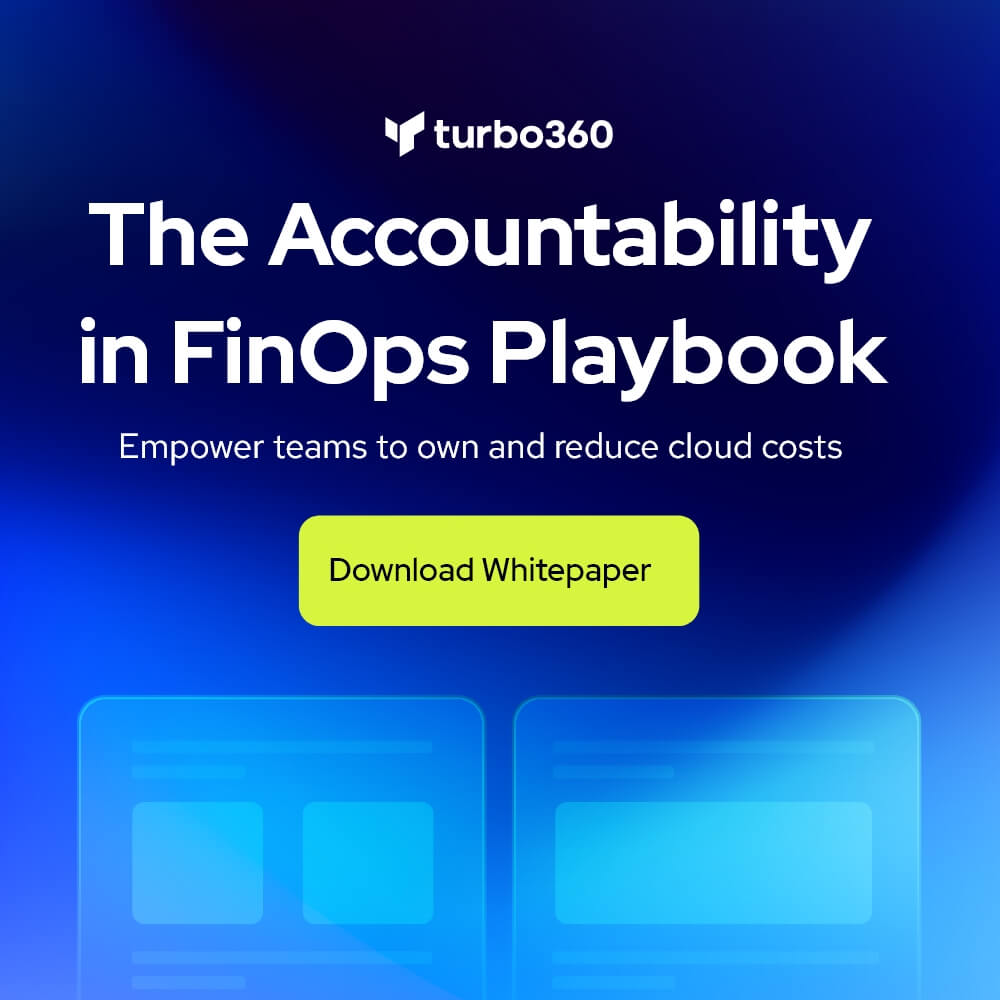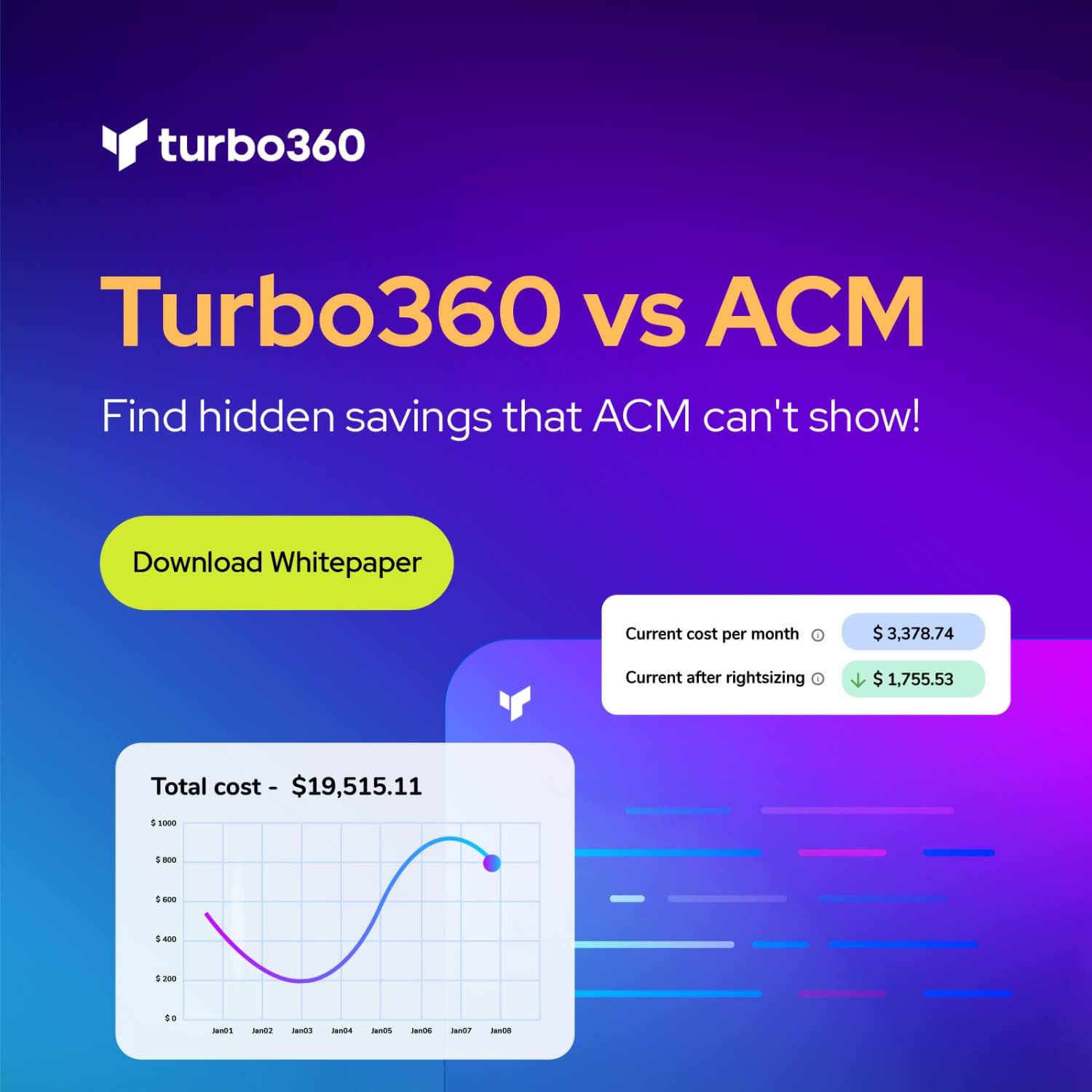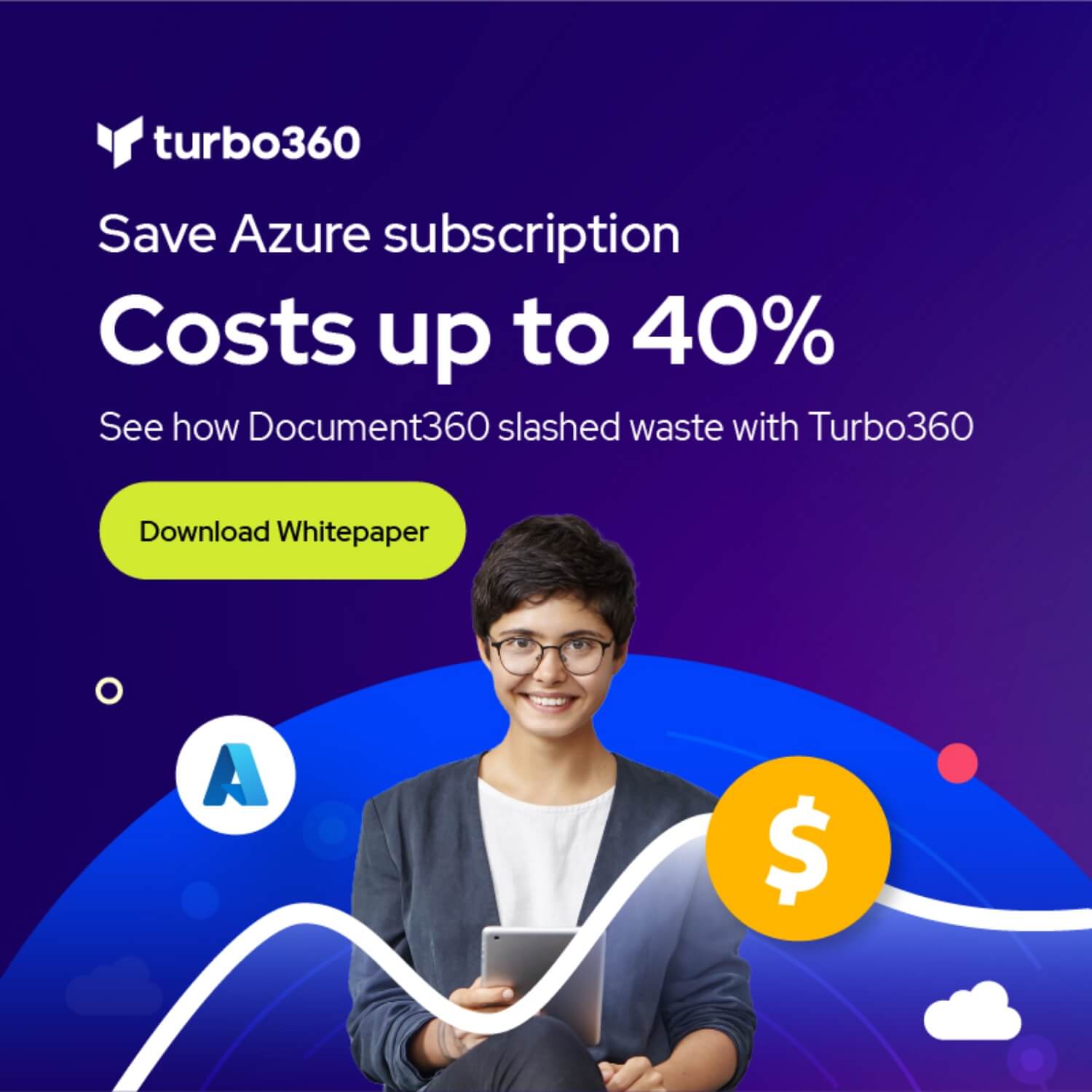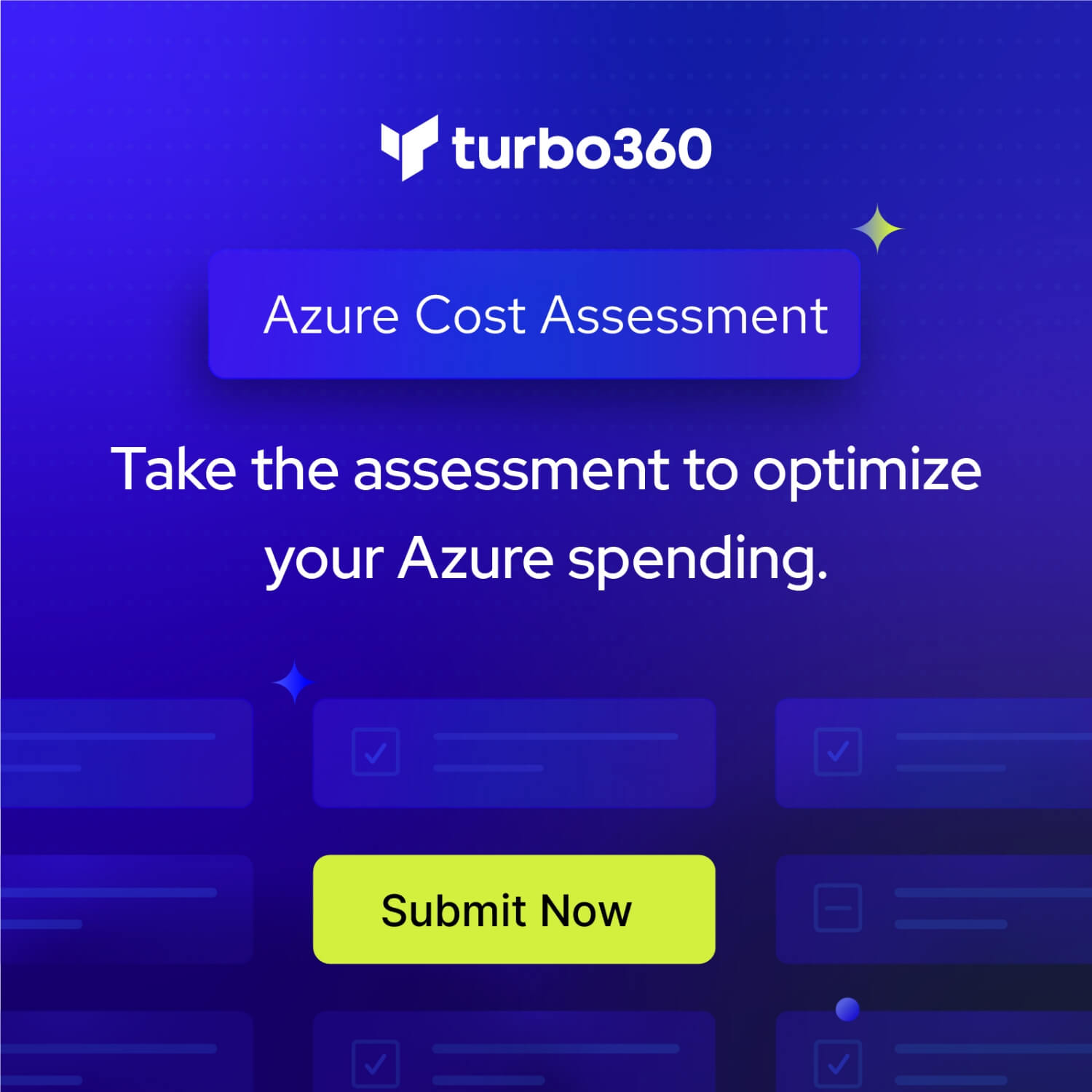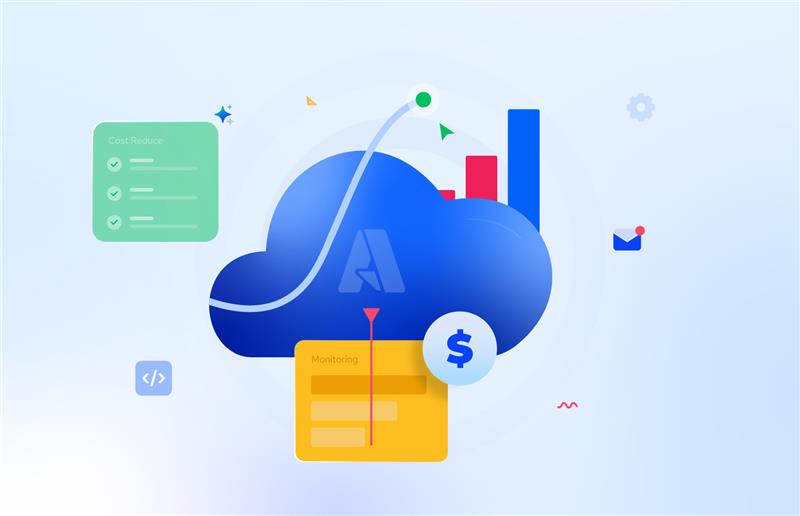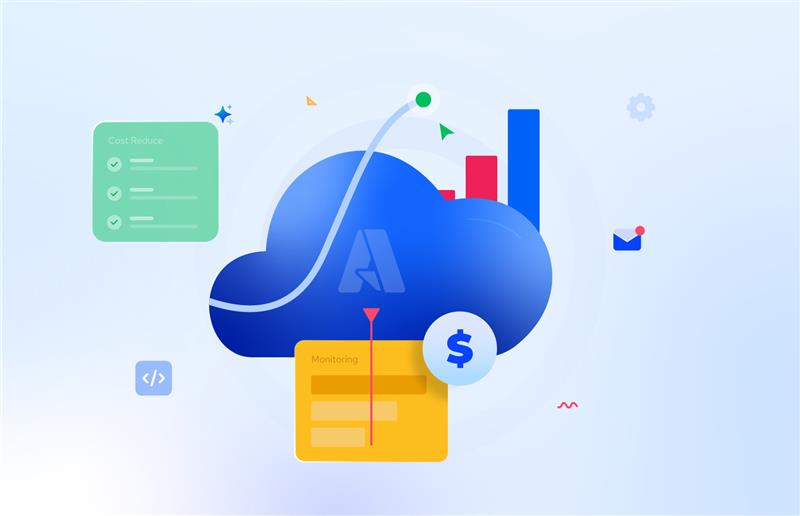FinOps, has become a critical element within companies that want to improve their financial aspect related with cloud. One of the key points in this practice is data ingestion that helps companies gather critical information about their cloud spending. In this guide, we will discuss what data ingestion is in FinOps, its need, recommendations, problems, and how we can contribute at Turbo360.
What is Data Ingestion in FinOps?
FinOps Data ingestion means the task of obtaining, transforming, and accumulating data about infrastructure costs and cloud resource utilization. This process involves the incorporation of source data from vendors, obtained from various sources such as cloud servers, monitors, and financial systems. Ingestion is a process that makes it difficult for corporations to gain discretion over their spending, helping them make decisions and save money in areas.
The FinOps Data Ingestion Report from Azure provides information about the data that has been ingested into the FinOps Hub storage account. This report is necessary to know how much data is being used so that you can take action based on this situation.
The panel looks like this:
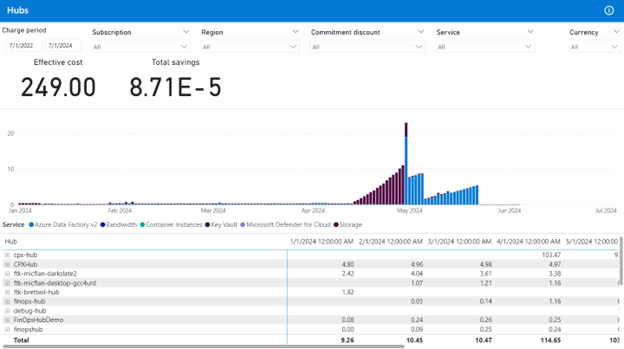
We can obtain data to take decisions related with resources groups (cost and savings). Also we have this kind of tools in others cloud providers.
Role of Data Ingestion in FinOps
Data consumption is essential to successful FinOps adoption because it also provides useful information for decision-making. By integrating financial data with technical process information via FinOps data ingestion, organizations can:
- Monitor expenses: To always have control over costs related to cloud resources.
- Identify anomalies: Identify unforeseen fluctuations in expenses that can support a process or activity.
- Optimize resources: Make sound decisions about where to invest or deploy resources to get the highest return on investment.
Detailed data consumption reports mean that companies can determine how much their central instance is costing them and whether there are additional instances that could be focused on for better performance.
Best Practices for Effective Data Ingestion
To ensure effective FinOps data ingestion, it is essential to follow certain best practices:
- Automation: Apply means that enable the use of technology in the collection and analysis of information to avoid the inclusion of incorrect data.
- Continuous integration: Ensuring that data is fed from multiple sources during FinOps data ingestion to ensure that an organization has up-to-date information at all times.
- Establishing clear metrics: Establishing quantitative objectives in terms of performance (KPI – Key Performance Indicator) that measure the impact and effectiveness of consumption.
- Effective visualization: Using means that allow the analysis of this data in a way that is easy to understand by all interested parties.
Metrics not only increase the effectiveness of the FinOps data ingestion process, but also simplify its subsequent analysis and usefulness in financial ethics.
Read more: Top Azure FinOps Best Practices You Need to Know
Challenges in Data Ingestion for FinOps
Despite its benefits, data ingestion presents several challenges that organizations must address when implementing FinOps data ingestion:
- Diversity of sources: Companies themselves often employ several solutions and tools, making it their own task to integrate.
- Data quality: It is important to ensure that only relevant and correct data is collected, as any inaccuracy can lead to a bad decision.
- Scalability: When organizations enter this growth process, the data needs they require also increase, so it is very important to consider systems that can scale.
For example, in terms of FinOps data ingestion, it is necessary to check for any errors during this process. There is an errors section, which presents possible difficulties found after scanning, so that organizations can solve any problems in the shortest possible time.
FinOps Data Ingestion has several challenges, however we have tools like Turbo360 to make it easier.
How Turbo360 helps in FinOps Data Ingestion?
Turbo360 Cost Analyzer presents new opportunities to solve the FinOps Data Ingestion process challenges. The tool allows:
- Deep analysis: Familiarize yourself with Azure usage in detail, allowing you to immediately know the causes of sudden demands.
- Centralized visualization: Group and filter costs by multiple subscriptions to get the overall view.
- Continuous optimization: Find areas of expenses that are not being efficiently used or overfunded.
Also, through Turbo360, there are adjustable alerts whenever spending has gone past the set budgeting preventing organizations from overspending.
Consumption is a key component within the context of FinOps data ingestion, which helps organizations reduce their costs on the cloud.
Conclusion
By following better practices and overcoming major challenges, companies can enhance their financial management by a comfortable margin using FinOps Data Ingestion. Some of these tools are indispensable to help in this process and ensure that decision making is informed.
To learn more about how to reduce your costs in Azure and improve your FinOps Data Ingestion process, sign up for a 15-day free trial!

